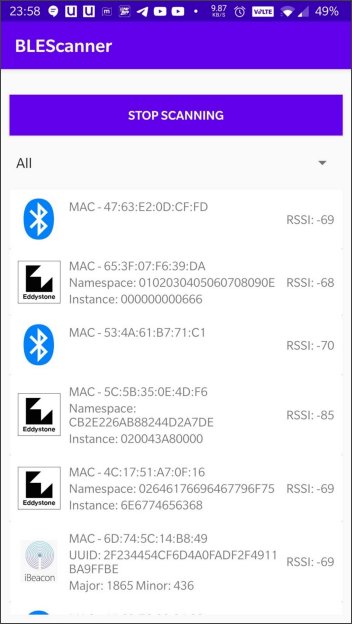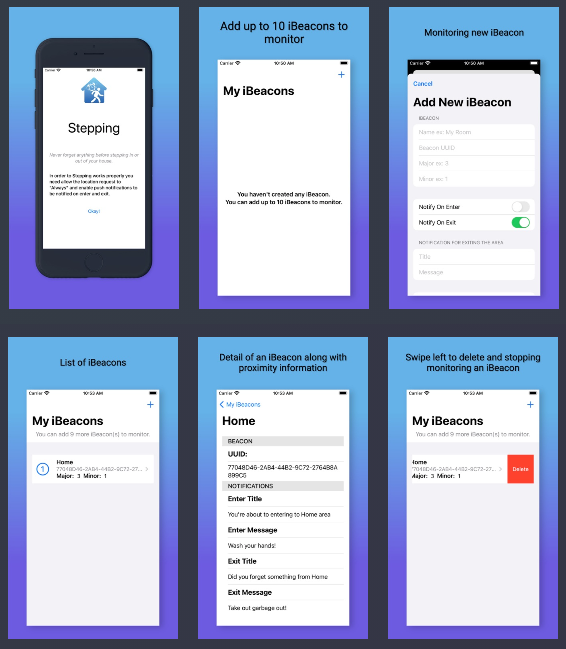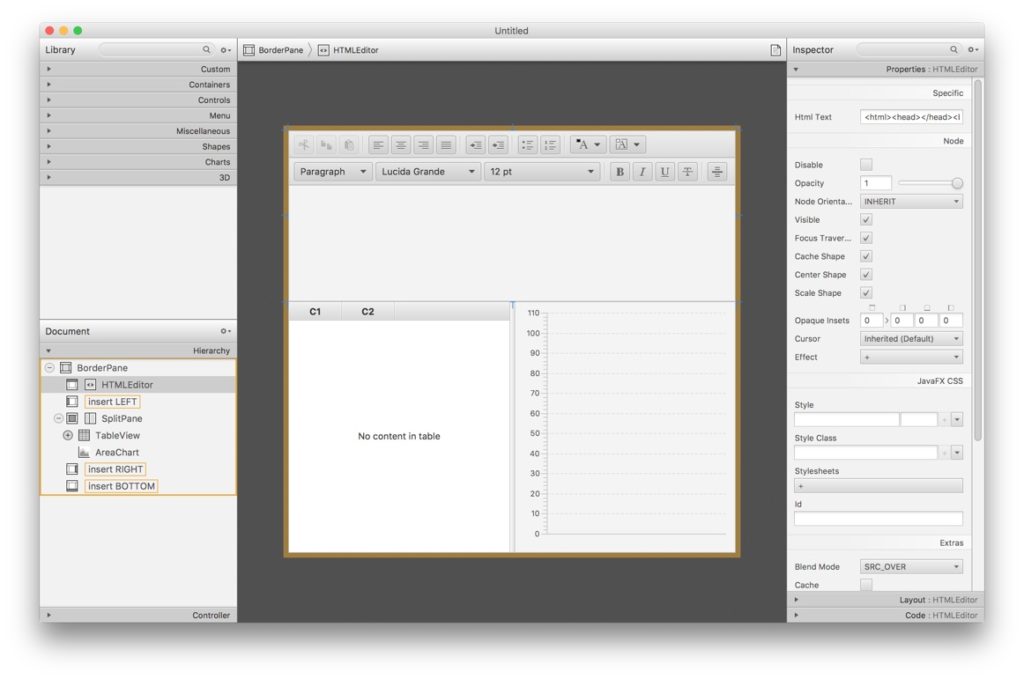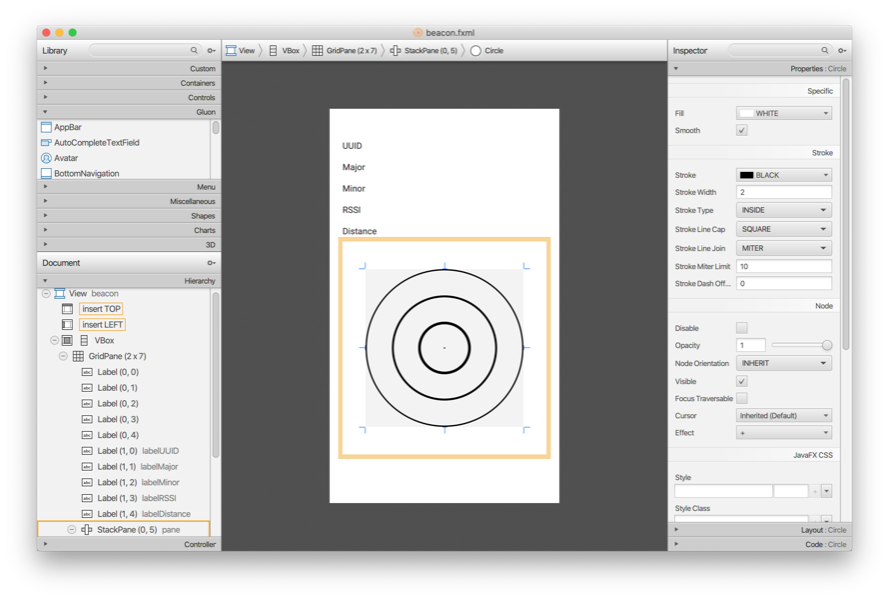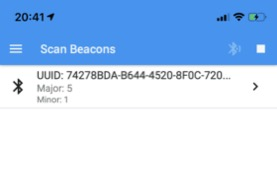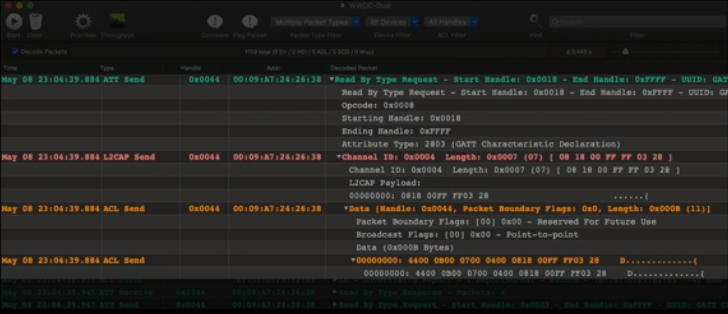If you are considering writing apps to communicate with iBeacons, here are some high level things you need to think about that are specific to beacon app development:
- Detecting whether Location and Bluetooth are on/off and alerting the user for permission to use these
- Detecting beacons in background when the iOS app is closed or the Android app is in doze mode
- On Android, taking account of the various Bluetooth APIs that exist for the different Android releases
- Fetching data, associated with a beacon, from a service, such that it’s cached and not fetched every time
- Arranging for some initial data bundled with the app so that it works straight away without a data connection
- Fetching data before it is needed such that it’s available with no delay and when there’s no network connection
- Re-fetching of data when it becomes stale
- Fetching metadata from the server to control the behaviour of triggering
- Arranging how Apple will test the app for app review otherwise complications will arise and the review will take weeks
- Assessing whether to use the mobile OS or manufacturer supplied SDKs (or both)
- If connecting to beacons, taking account of the unreliability of wireless connections
- Collecting and uploading statistics/analytics to assess usage
- Providing end user diagnostics to aid support troubleshooting
Need an experienced beacon app developer to get these things done quicker? Consider our development services.
